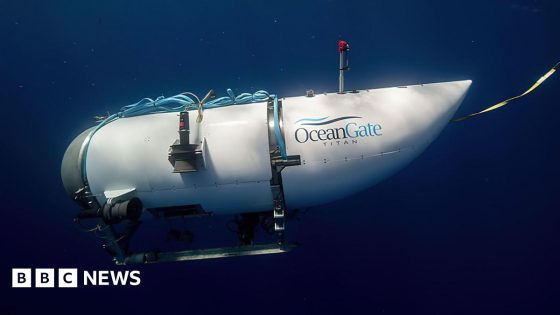The Titan sub disaster has raised serious concerns about safety practices in deep-sea exploration. A recent report by the US Coast Guard revealed critical failures that led to the tragic implosion of the Titan submersible in June 2023, resulting in the loss of five lives.
- Titan sub imploded, killing all five aboard.
- Report cites loss of structural integrity.
- Safety practices at OceanGate deemed flawed.
- CEO Stockton Rush exhibited negligence.
- Company fostered a toxic workplace environment.
- Investigation revealed preventable tragedy.
This damning report highlights the loss of structural integrity in the sub’s carbon fiber hull, which exposed passengers to nearly 5,000 pounds per square inch of water pressure. The investigation concluded that the tragedy was preventable, pointing to “critically flawed” safety protocols at OceanGate Expeditions, the vessel’s owner.
As the report outlines, CEO Stockton Rush exhibited negligence that contributed to the disaster. With a toxic workplace environment and intimidation tactics in place, can we trust companies managing such risky expeditions?
This investigation raises an important question: How can we ensure the safety of future expeditions? The findings reveal a pattern of negligence that cannot be ignored. Key points include:
- Failure to follow safety protocols.
- Intimidation tactics used to suppress safety concerns.
- Financial pressures leading to compromised safety measures.
As we reflect on this tragedy, it’s crucial for industry leaders and regulators to prioritize safety to prevent future disasters. Will we see meaningful changes in the way deep-sea expeditions are conducted?

































